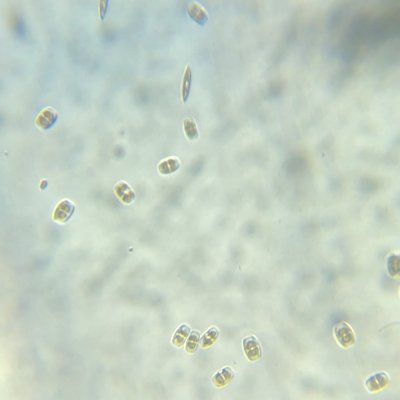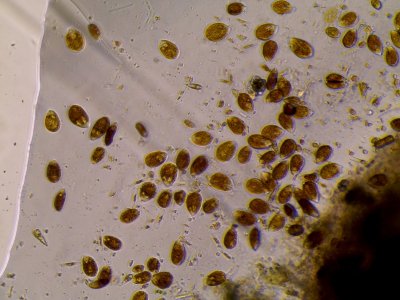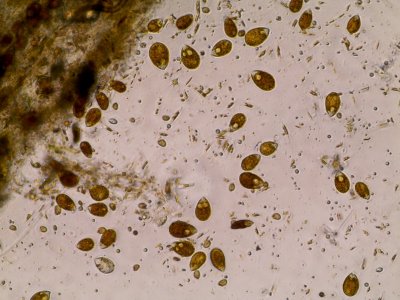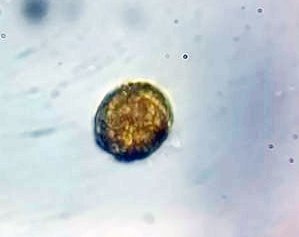- Joined
- Feb 2, 2018
- Messages
- 484
- Reaction score
- 810
Anyone care to take a guess at what I’m seeing here? I’ve fought ostreopsis before so I’m very familiar with them, but these don’t look like anything I’ve seen posted online.
This sample was collected from a brown dusting that accumulates on the sand bed as the day goes on, and mostly dissipates at night. I believe there are diatoms in there as well, but I’m not familiar with the organism that has a line through the middle of it.

This sample was collected from a brown dusting that accumulates on the sand bed as the day goes on, and mostly dissipates at night. I believe there are diatoms in there as well, but I’m not familiar with the organism that has a line through the middle of it.






















